2016 Hyundai Elantra review, road test
Hyundai’s strengths of visual flair and lots of equipment return with the new Elantra. But this executive sedan has an altogether more European feel.
Published on Oct 28, 2016 08:00:00 AM
75,733 Views
Follow us on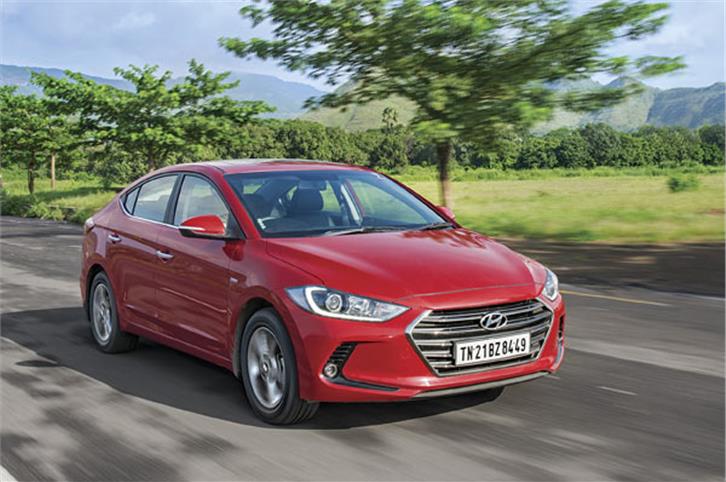
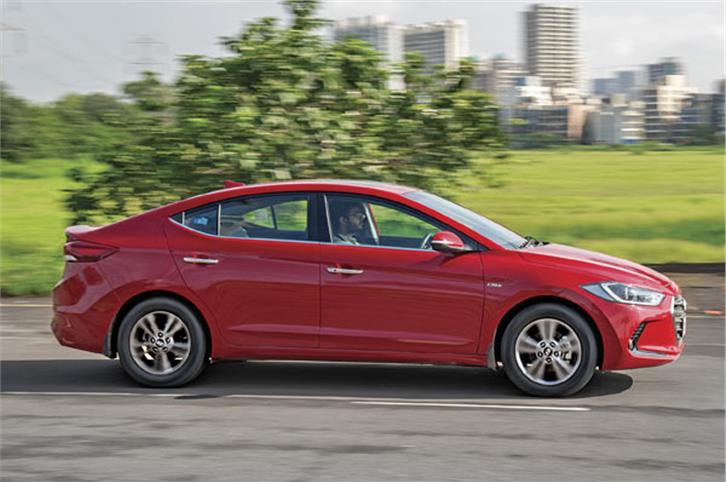


While the exterior bears a slight resemblance to its predecessor, the interiors are worlds apart. We loved the old car’s daring approach to dashboard design, what with the vertical AC vents, hourglass-shaped control panel and surfeit of angles. This new one is far more conventional looking and altogether more ‘horizontal’ in its layout. It’s a very European approach to dash design, which seems to be the theme with this car, and the result is that everything is where you expect it to be. The big 8.0-inch touchscreen sits at the top of the central stack, followed by the AC vents and then the AC controls. The dials are classic Hyundai – white-backlit, easy to read, with a detail-rich screen between them. The biggest point of note is the cabin quality. Thus far, all Hyundais have used materials that are a notch above other Asian car brands, but there’s been a more or less uniform level across all the brand’s models, perhaps with the exception of the Santa Fe. This is the first Hyundai that feels a distinct step above all of them in the way it’s put together, and is closer than ever now to its European rivals in terms of fit and finish. There are a few low-rent bits – the fuel filler and boot-release levers in the driver’s footwell come to mind – but that’s about it. Other than that, we just wish there was a bit of chrome or wood trim in here to liven things up from the dull black and grey shades that permeate the interior.
In an executive sedan, all the seats are equally important, because these cars tend to be both owner and chauffeur driven. At the front, you get suitably large chairs with a good amount of support for your back and thighs. On top-spec cars, the driver’s seat is powered and, on the automatics, cooled too, but there’s no memory function, sadly. The cushioning is a bit on the soft side, so while it’s great on short drives, it could cause you a slight backache over a long stint at the wheel. Still, despite the tall instrument binnacle and sharply raked A-pillars, visibility from the driver’s seat is very good.
The back seat is quite similar to the previous car’s in that it is placed low and the roofline is low too, so you will have to duck a bit when you get in. Once you’re in place though, you’ll have little reason to complain. Headroom is surprisingly good despite that roof, there’s more than enough kneeroom, thanks to an H-point that’s sited pretty deep, and thigh support is about two inches away from being perfect. Here too, the central cushioning is perhaps a touch too soft for longer distances, but for short stints, it’s nice and comfortable. Hyundai has also provided three individual head restraints back here, and of course there are a pair of rear AC vents (they don’t take up too much space either).
With even premium hatchbacks (Hyundai’s own i20 is a prime example) now packing luxury-car levels of equipment, you get the feeling that Hyundai is starting to run out of ideas for its more expensive models, especially when costs have to be kept in check. There’s the very gimmicky automatic boot release (which rarely works), automatic headlamps (but not wipers), rear-parking sensors (but not front), projector headlamps and cooled seats, which are all very neat. Other staples like push-button start, dual-zone climate control, leather upholstery, a rear-view camera and a very impressive touchscreen (read about it in the special box) are all welcome, but it’s not segment-transcending stuff, as used to be the case with every new Hyundai. Another unusual thing is that all top-spec SX(O) cars are not created equal, as the automatics get a bit more equipment than the manuals. Cooled front seats, a sunroof, six airbags (the others get just two) and speed-sensitive door locks are only available on the two-pedal cars.
Copyright (c) Autocar India. All rights reserved.



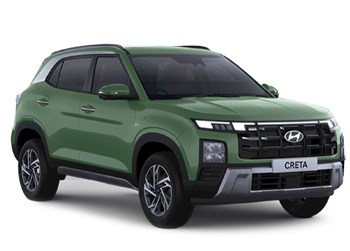
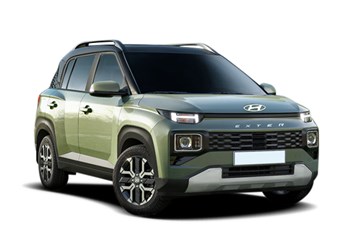
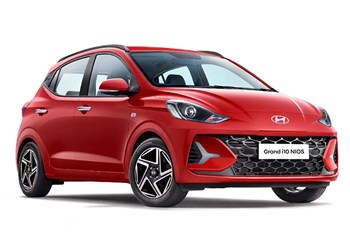
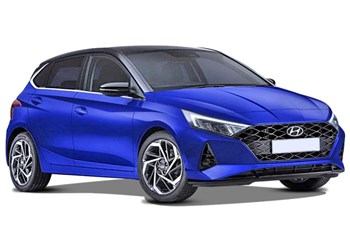
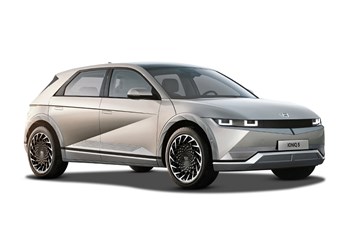
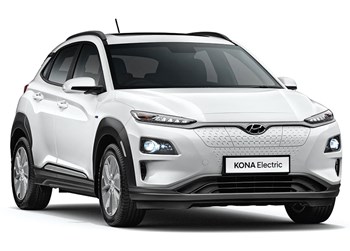







Comments
Member Login
Personal Details
No comments yet. Be the first to comment.